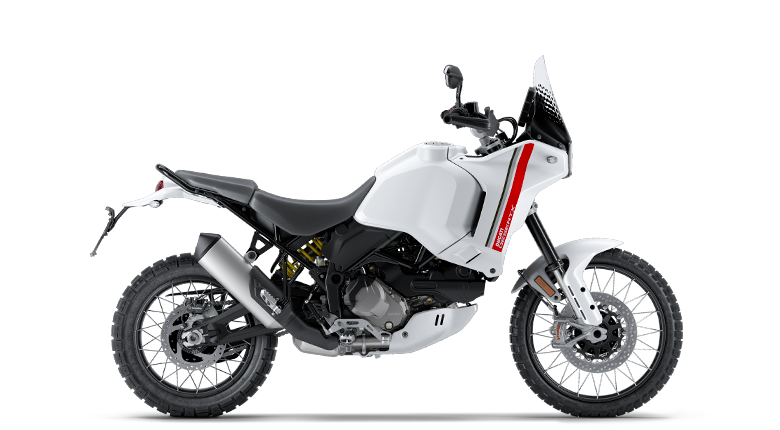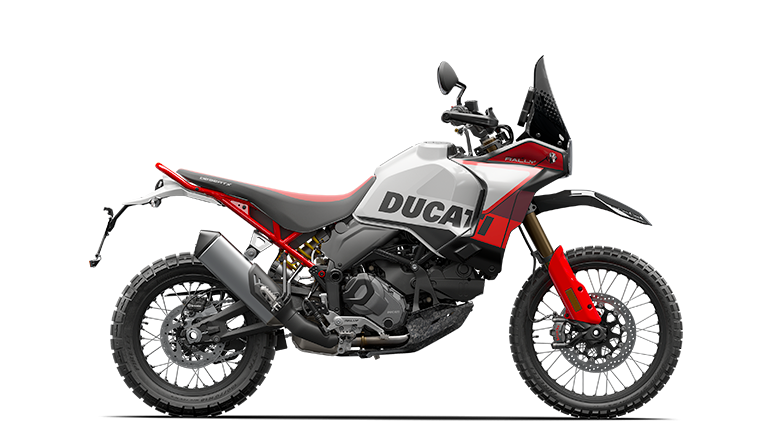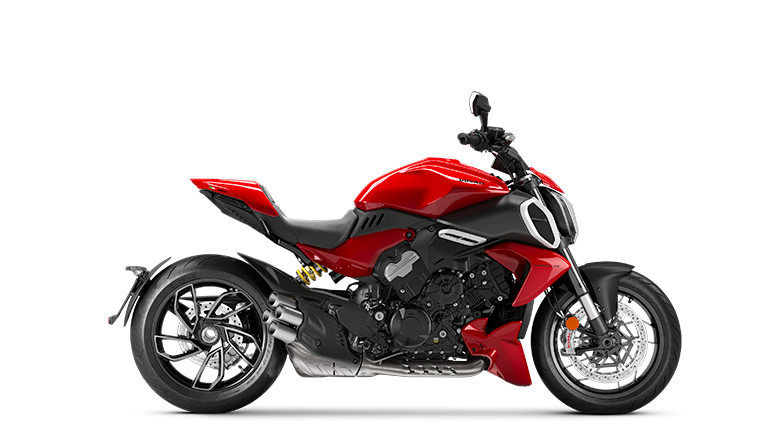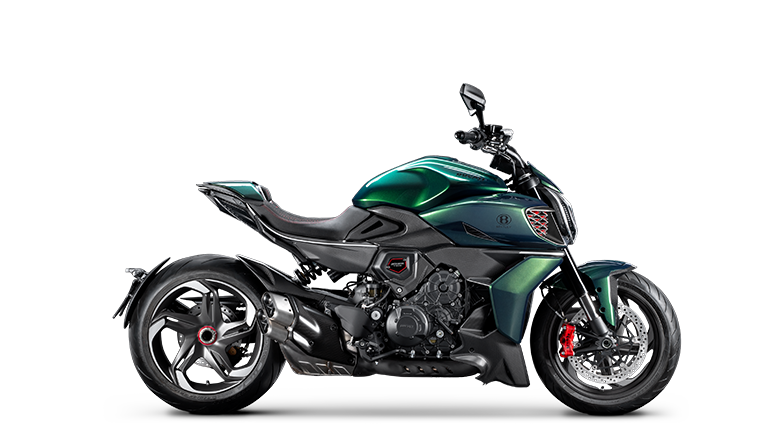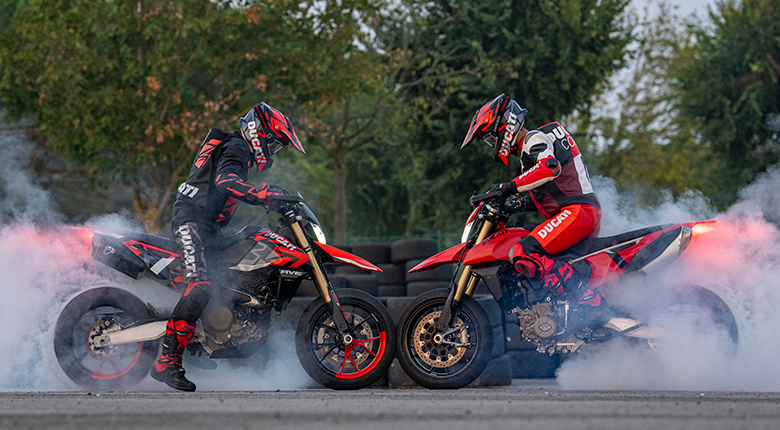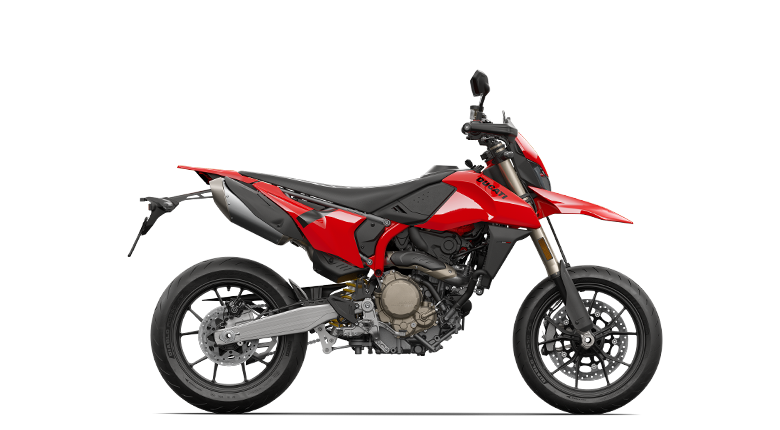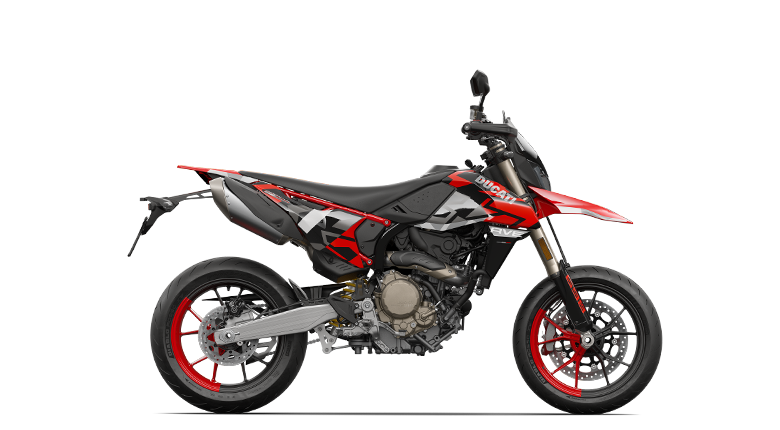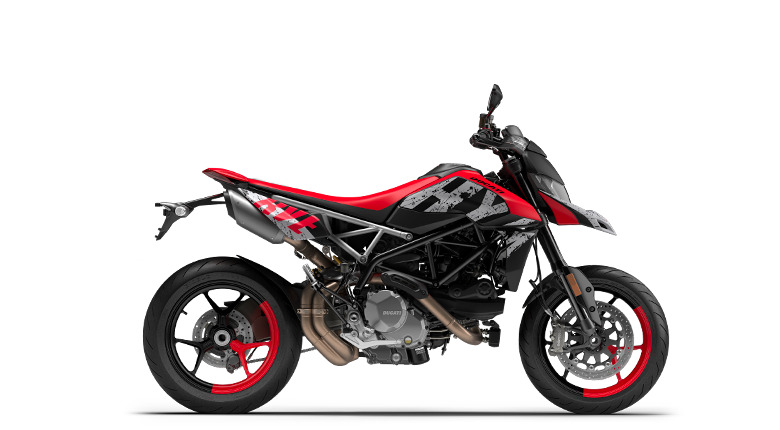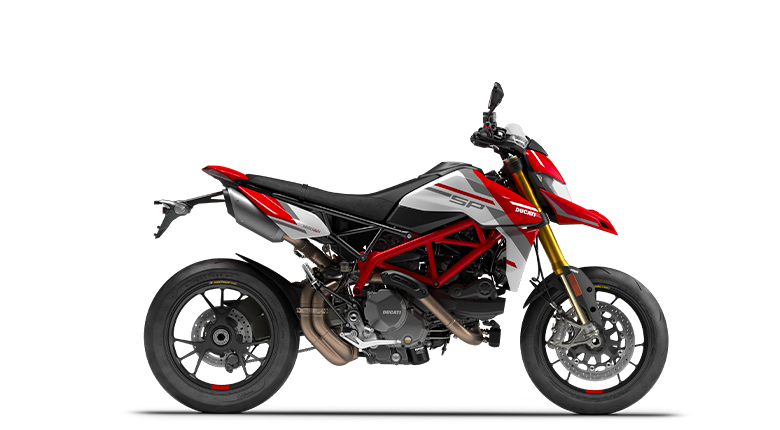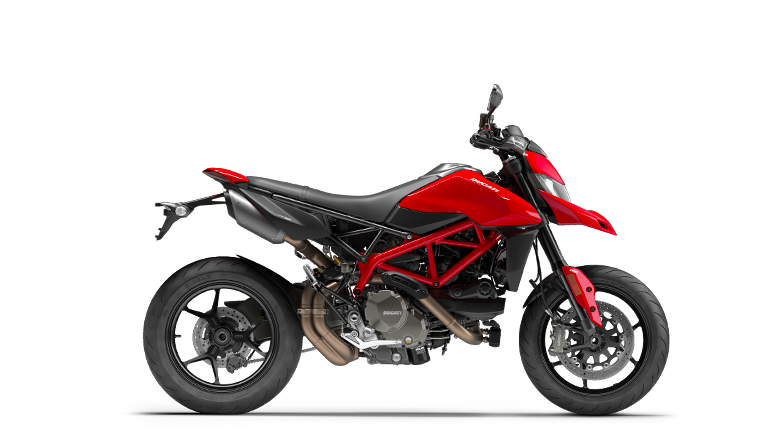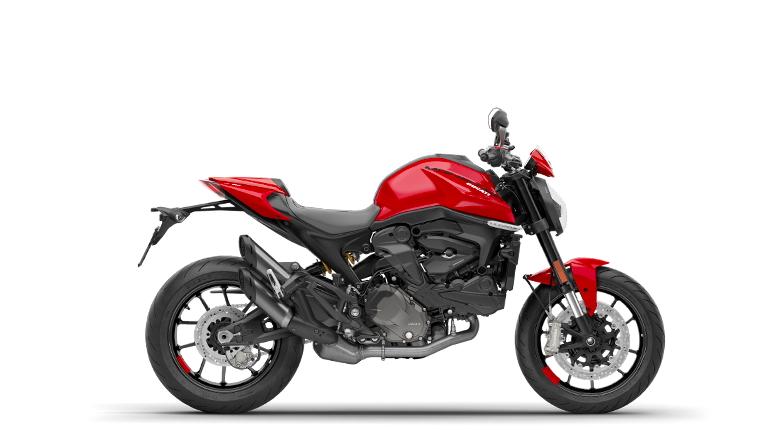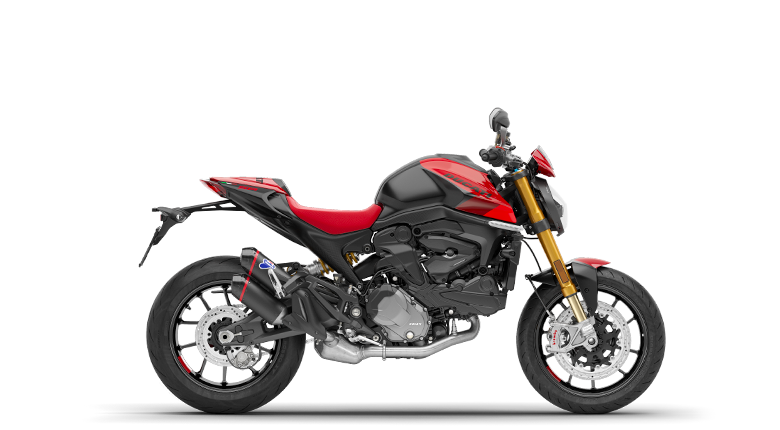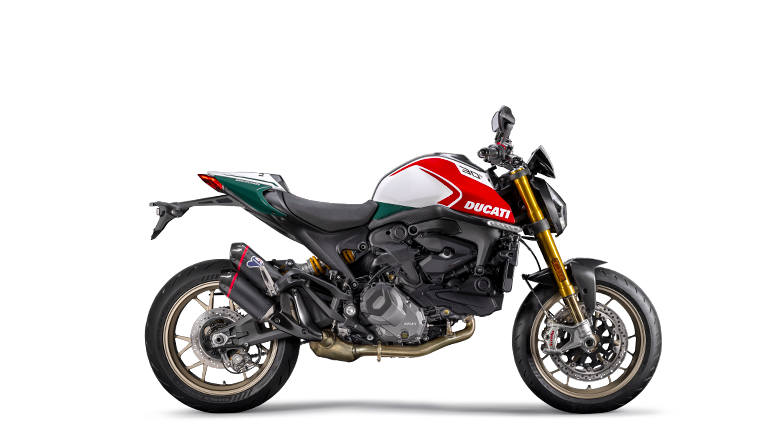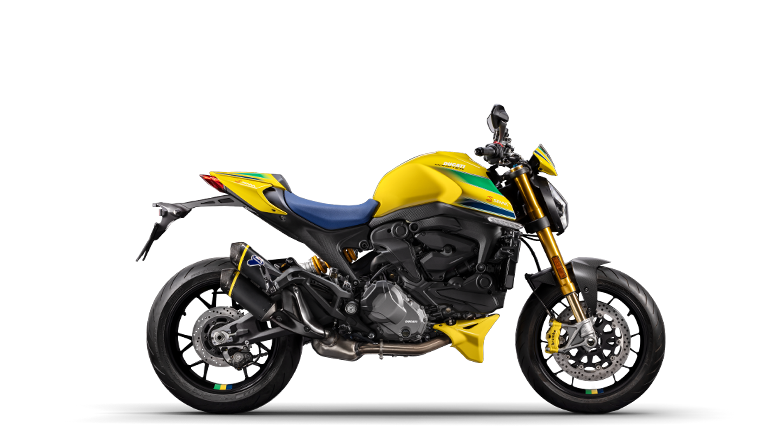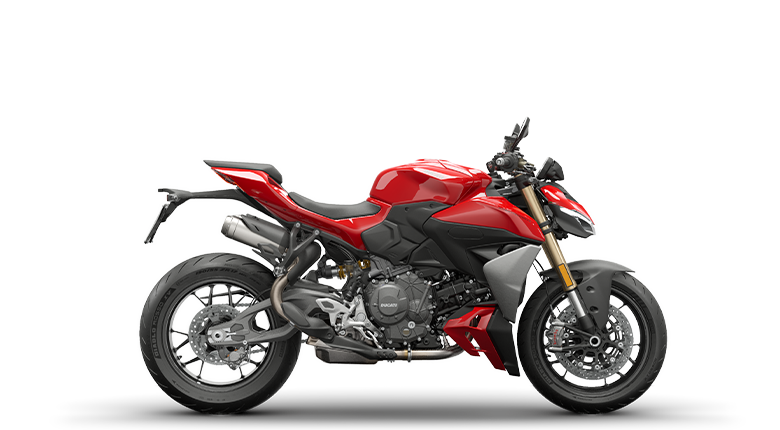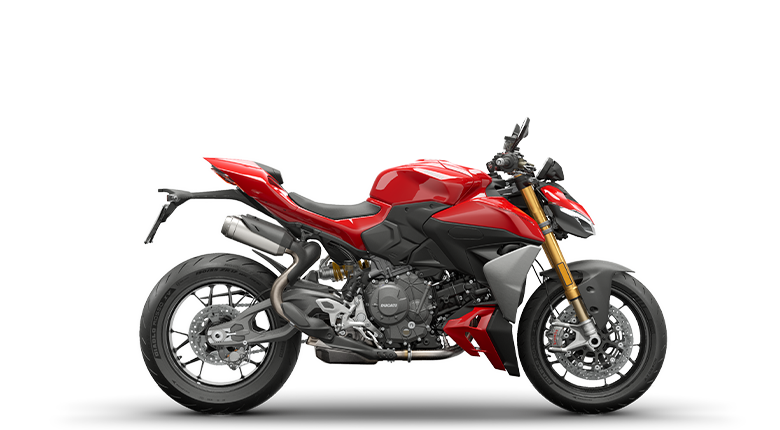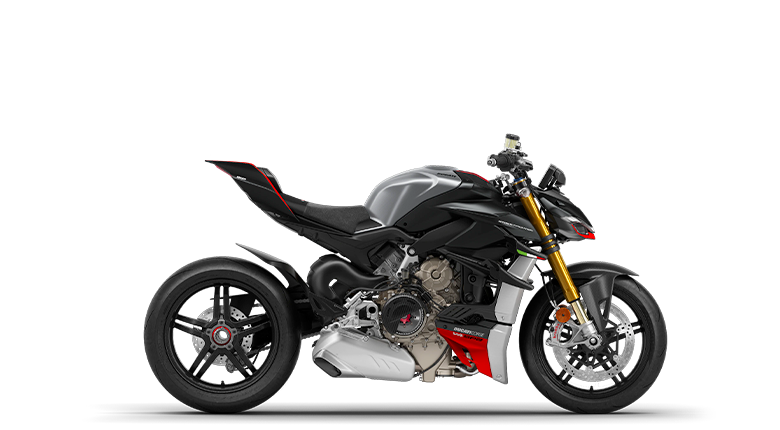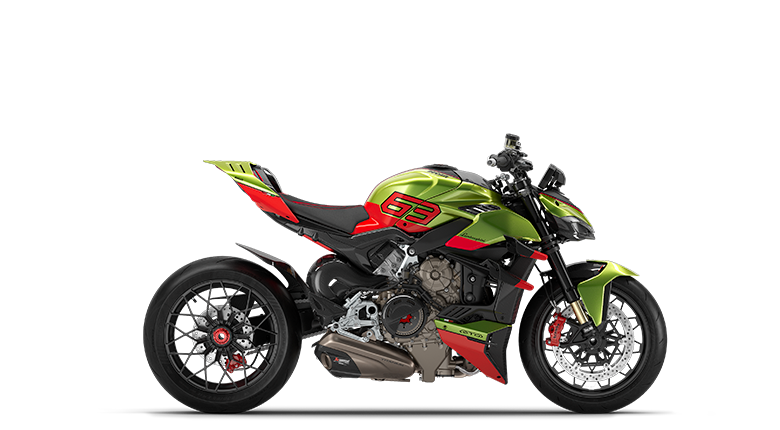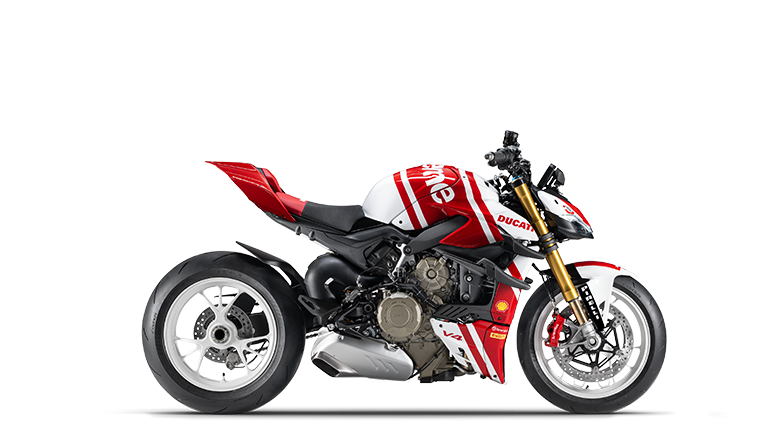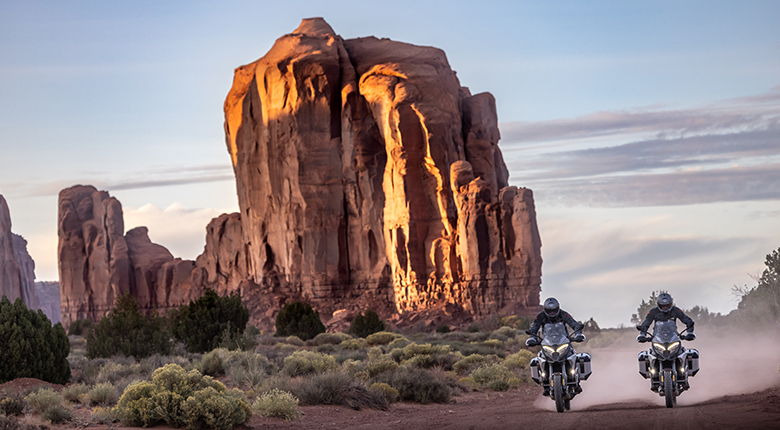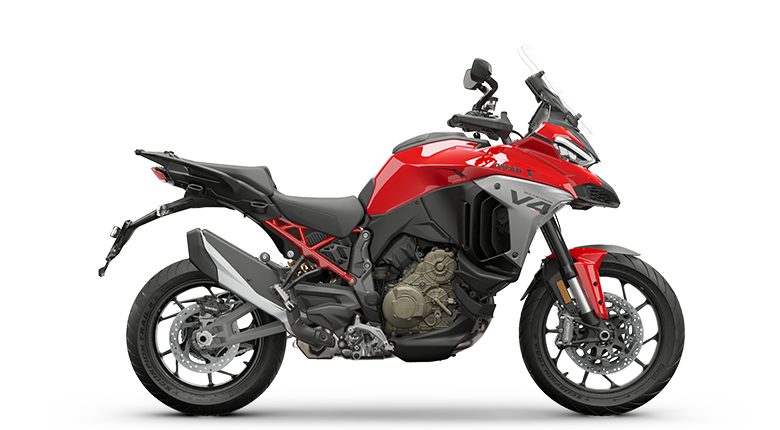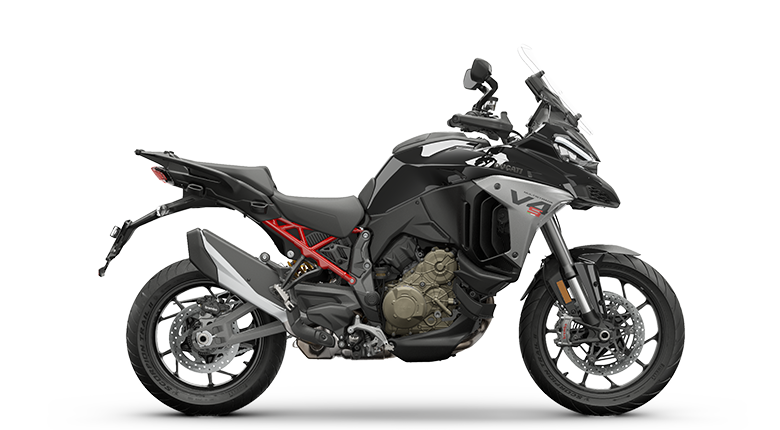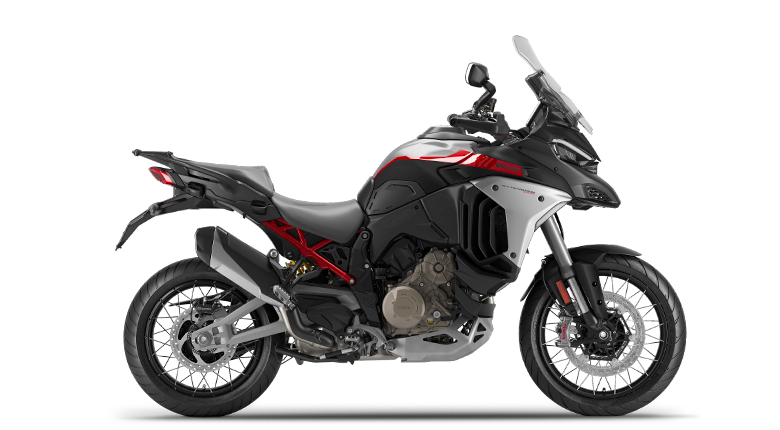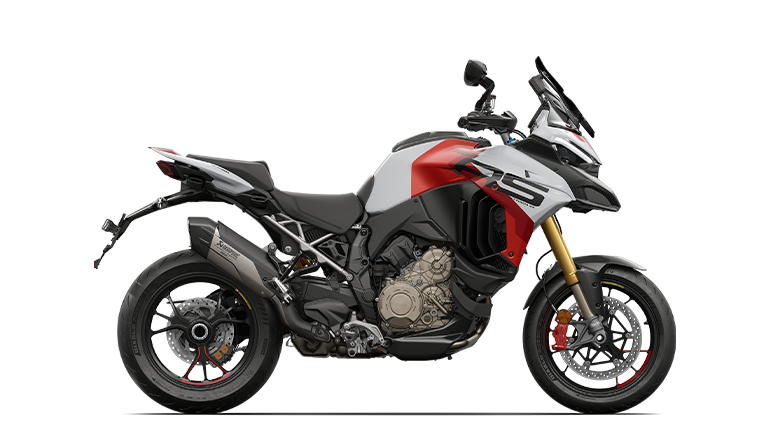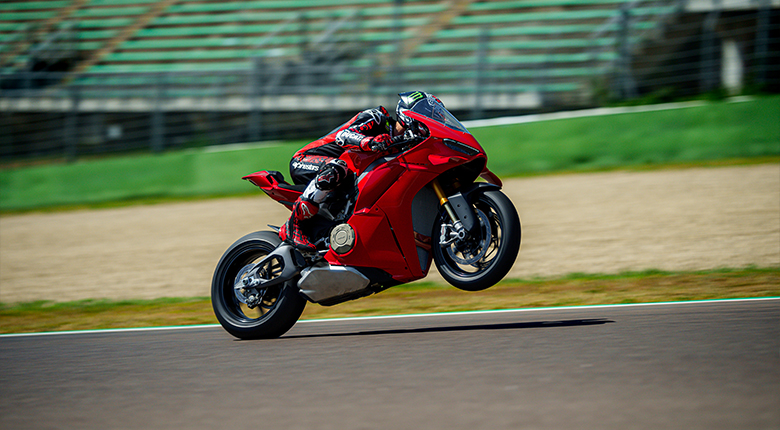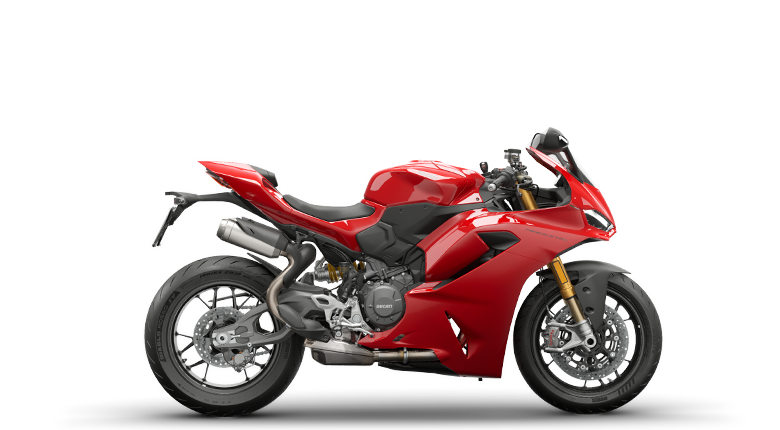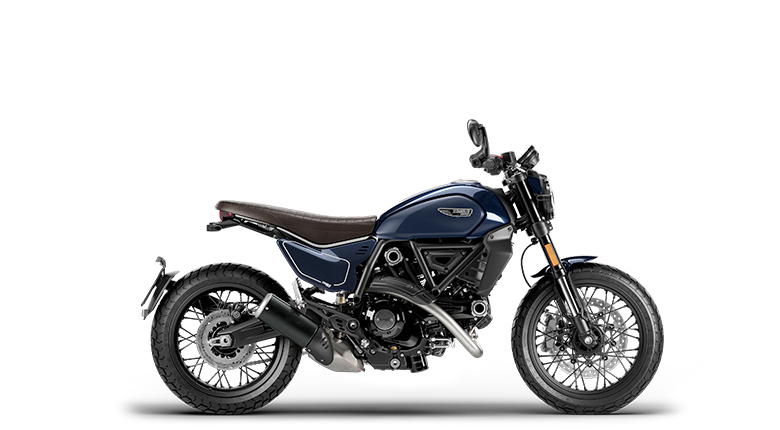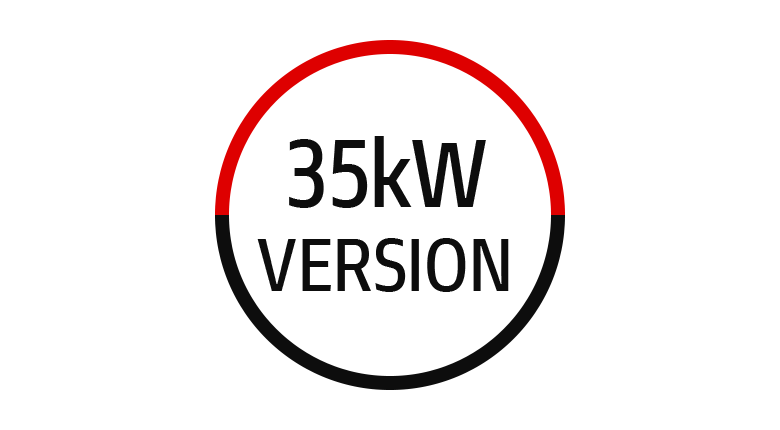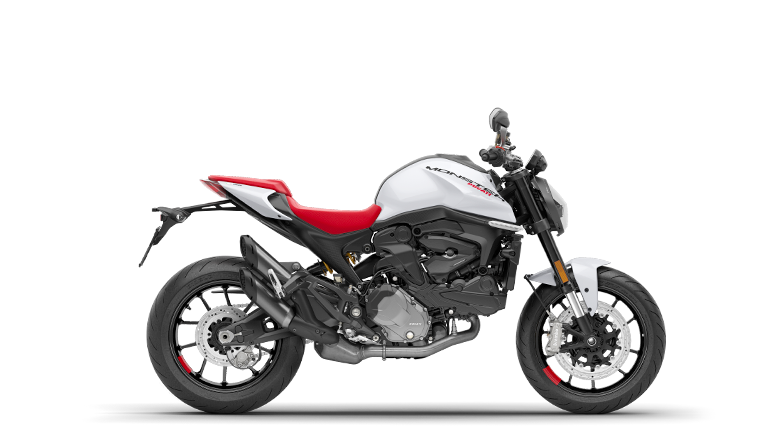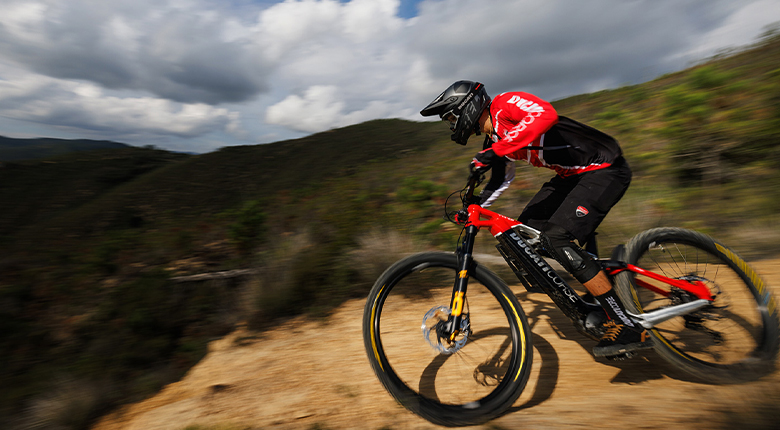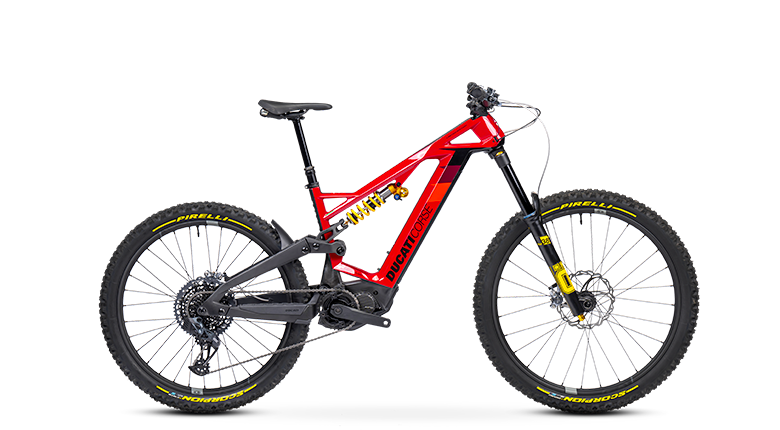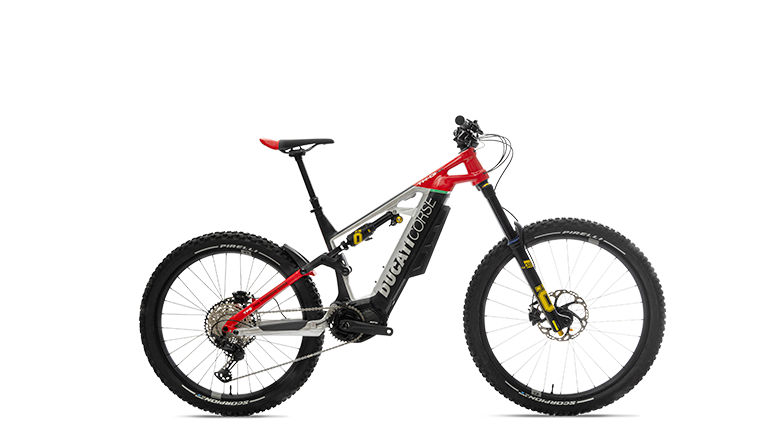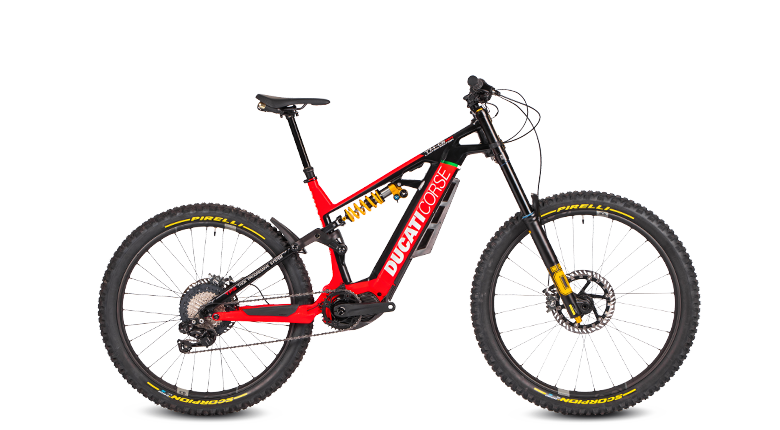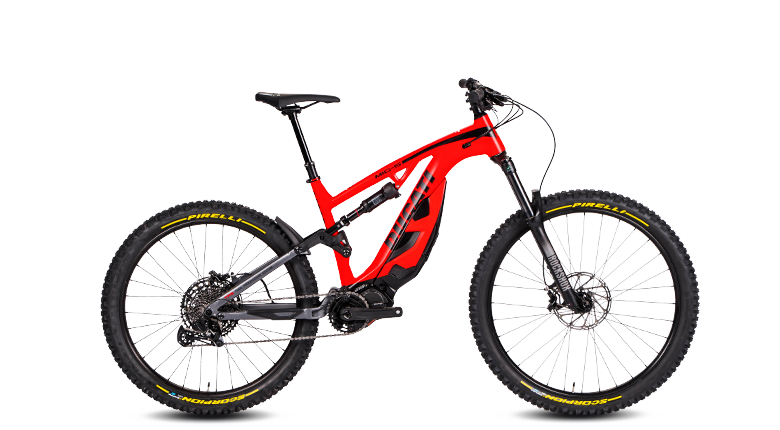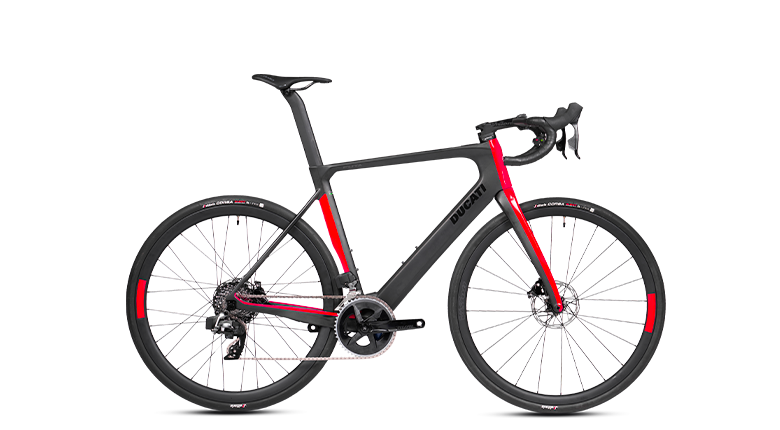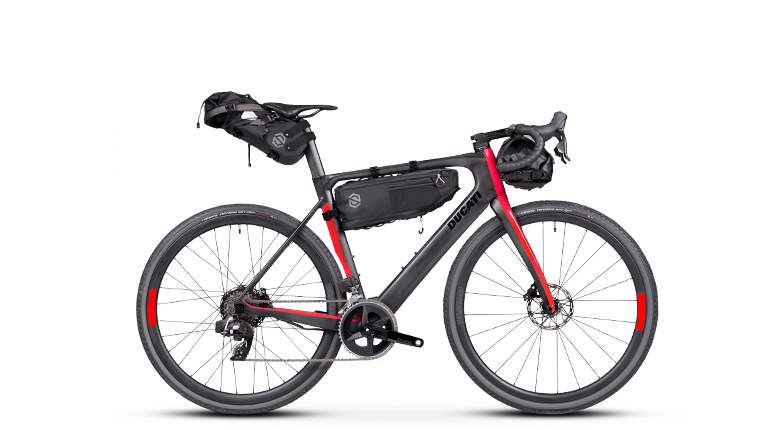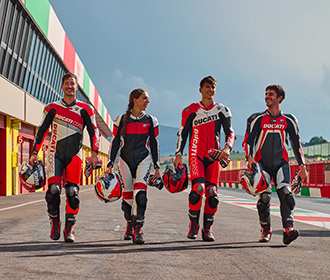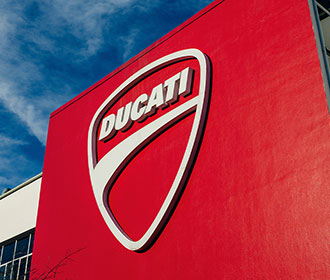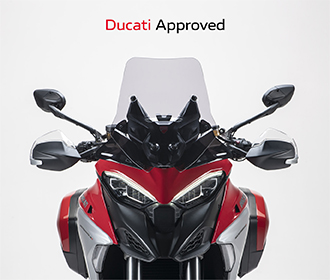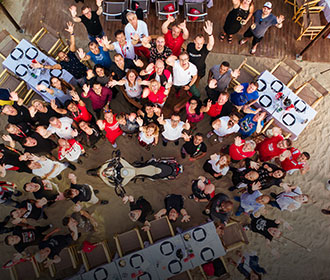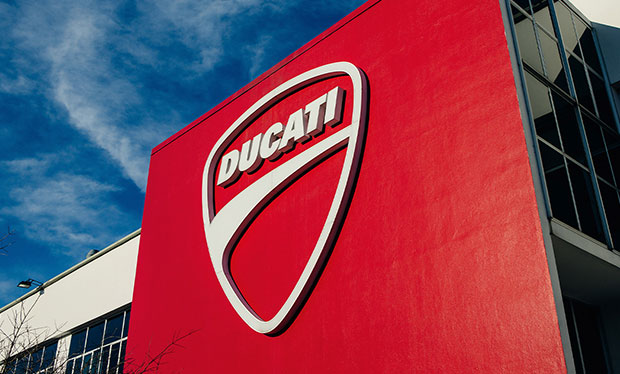- Models
- Configurator
- Shop
- News
- Racing
- DWP 2026
-
Models
-
DesertX
![]()
-
Diavel
![]()
- V4
- Diavel for Bentley
Diavel -
XDiavel
![]()
- new V4
XDiavel -
Hypermotard
![]()
-
Monster
![]()
-
Streetfighter
![]()
- new V2
- new V2 S
- new V4
- new V4 S
- V4 SP2
- V4 Lamborghini
- new V4 Supreme®
Streetfighter -
Multistrada
![]()
-
Panigale
![]()
-
![]()
-
35 kW Bikes
![]()
-
Off-Road
![]()
- new Desmo450 MX
Off-Road -
E-BIKE
![]()
- Overview
-
Powerstage RR Limited Edition
![]() Powerstage RR Limited Edition11.990 € i
Powerstage RR Limited Edition11.990 € i -
TK-01RR
![]() TK-01RRPrice: 7.690 € i
TK-01RRPrice: 7.690 € i -
TK-01RR Limited Edition
![]() TK-01RR Limited Edition10.890€ i
TK-01RR Limited Edition10.890€ i -
MIG-S
![]() MIG-SPrice: 5.590€ i
MIG-SPrice: 5.590€ i -
FUTA
![]() FUTA7.690€ i
FUTA7.690€ i -
FUTA AXS
![]() FUTA AXS7.690€ i
FUTA AXS7.690€ i -
new
FUTA All-Road
![]() FUTA All-Road7.690€ i
FUTA All-Road7.690€ i
E-BIKE -
Limited Series
![]()
- Ducati Speciale
- Ducati Unica
Limited Series
-
- Equipment
- Shop
- DWP 2026
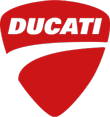
Bikes
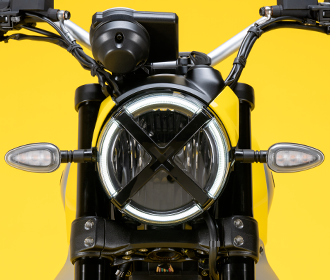
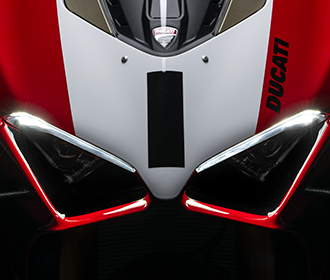
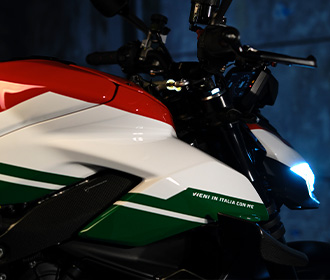
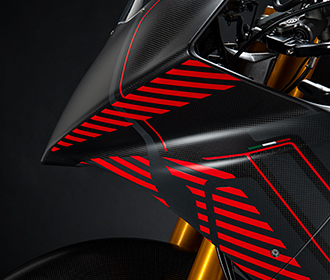
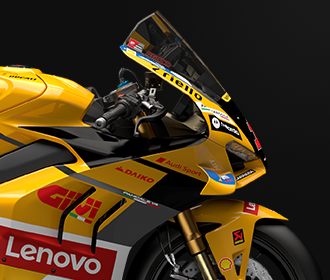
Diavel
XDiavel
Panigale
Streetfighter
Off-Road
E-BIKE
Limited Series

Scrambler configurator
Configure your Scrambler now!

BROCHURE
Discover all the details of your favourite Ducati bikes and download the brochure!

Ducati Unica
Ducati Unica is the customization program dedicated to those who want to design and build their own exclusive and unique motorcycle.

MotoE
The first racing Ducati equipped with a fully electric powertrain!

Ducati Speciale
A blend of design, engineering excellence and technology: the Borgo Panigale special models, produced in limited and numbered editions.
Equipment
Accessories
Ducati World
Events
DRE Riding Academy
Travel with Ducati
Ducati Stories
News
Racing
MotoGP
MotoE
Service and Maintenance
Maintenance
Corporate
Who we are
Innovation
Design
Corporate Social Responsibility
Borgo Panigale Experience
Fondazione Ducati
Partners
Models

DesertX
New
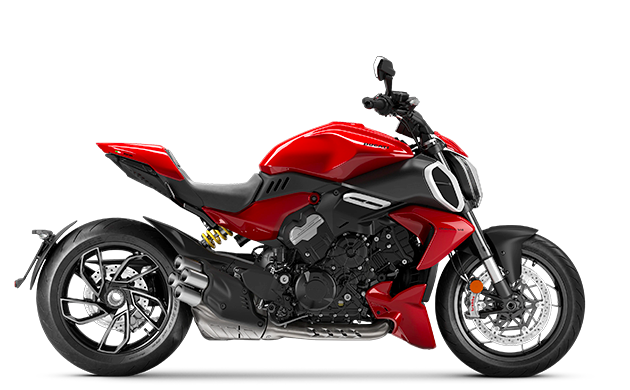
Diavel
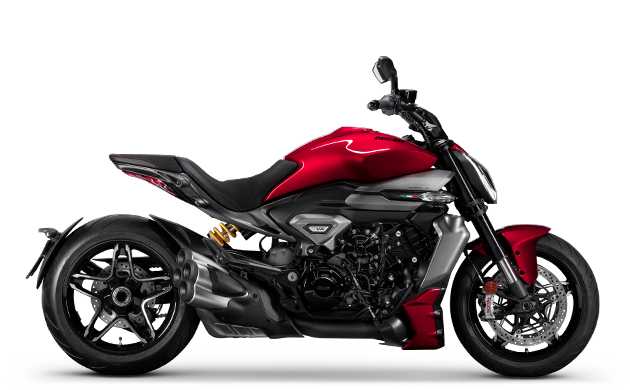
XDiavel
New
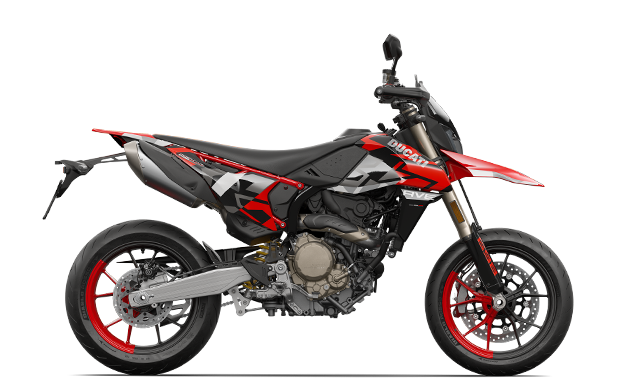
Hypermotard
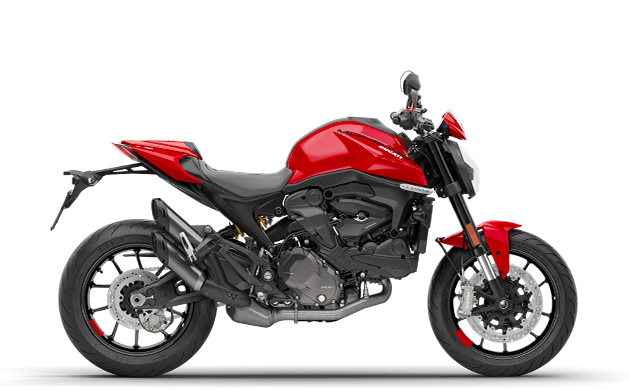
Monster
New
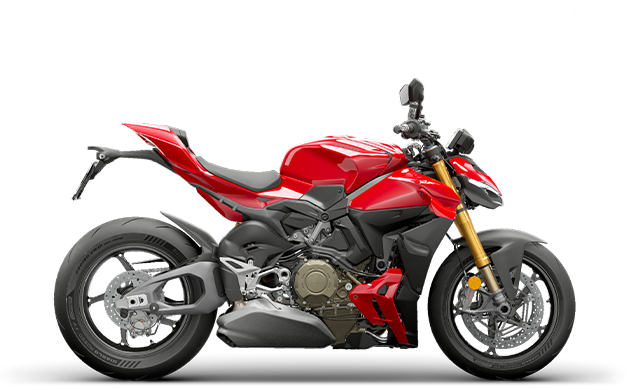
Streetfighter
New
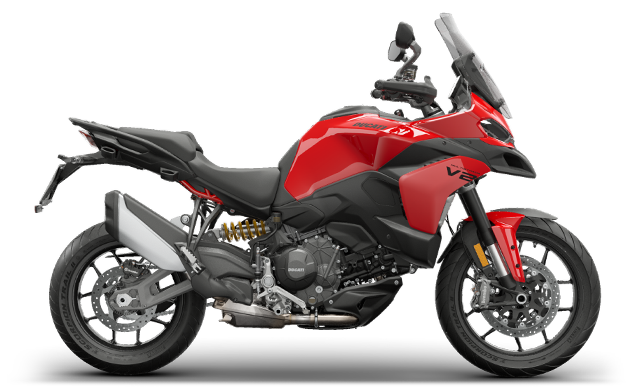
Multistrada
New
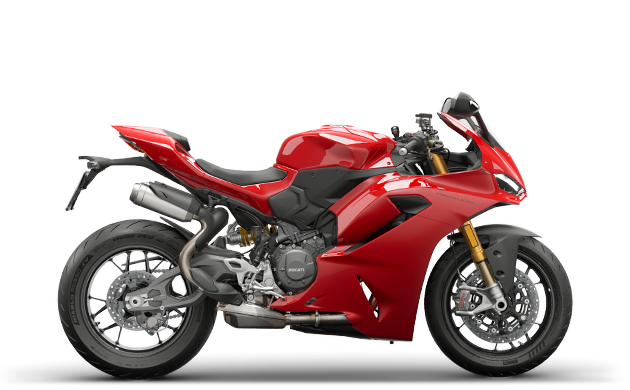
Panigale
New

SCRAMBLER
New
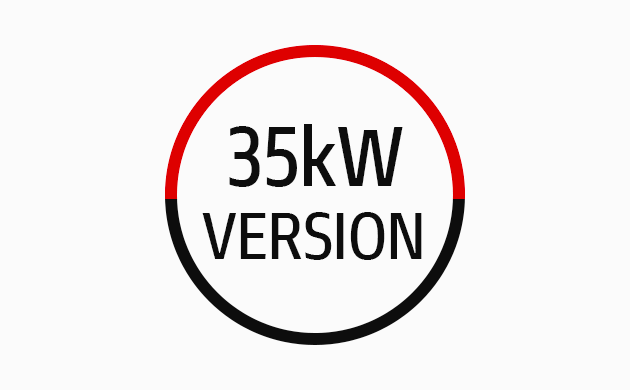
35 kW Bikes
New

Off-Road
New

E-BIKE
New

Limited Series
Racing
Ducati World
- Events
- DRE Riding Academy
- Travel with Ducati
- Ducati Stories
- News

Events Calendar
Discover about events and rallies organized by Ducati and the Ducati Official Clubs.
Discover more
Equipment
- Accessories
- Apparel
- Collab
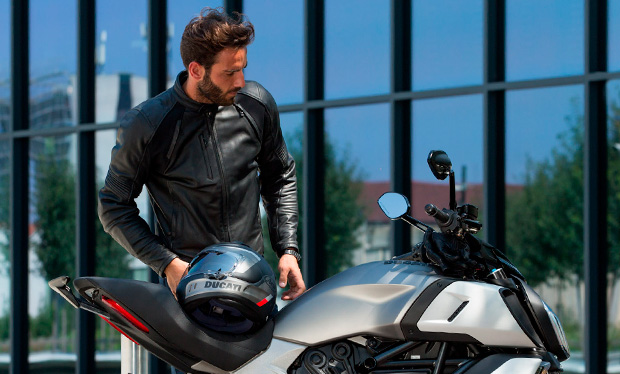
Ducati Online Shop
The online shop has a whole new look. Our style is the same as always. Buy now!
Click and discover!
Corporate
- Who We Are
- Contact us
- Innovation
- Design
- Borgo Panigale Experience
- Fondazione Ducati
- Partners
Service and Maintenance
- Services
- Maintenance
- Ducati Network
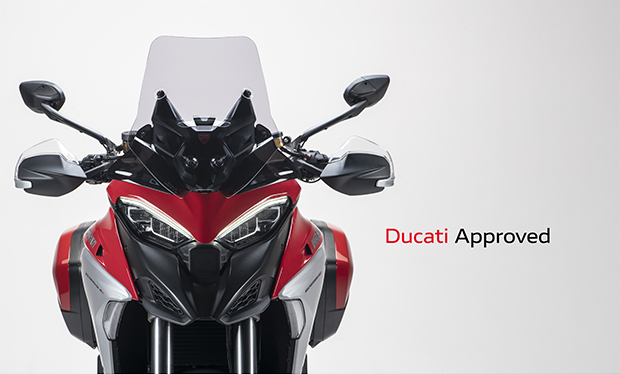
Ducati Approved
When you choose a Ducati Approved bike, you can be sure that Ducati is always by your side.
Discover more
Ducati Club
Cook Neilson

Cook Neilson was written into the Ducati history book for his splendid victory on the Daytona speedway in 1977 riding the California Hot Rod, a 750 SS prepared by his friend Phil Schilling. It was the first time that an Italian motorcycle won a race for derived bikes from standard production in the U.S., an event that helped boost sales of Ducati in the land of Stars and Stripes. In the mid-1970s, the only Ducati bike marketed in the U.S. was the Scrambler, an off road model imported by the Berliner brothers.
Things took a turn in 1977, though, thanks to the extraordinary win by Cook Neilson on the oval track at Daytona.
This North American rider was also a journalist of the magazine Cycle, which specialised in motorcycling. And thanks to that, Neilson demonstrated knowledge of the features of Ducati, a brand that had fascinated him for quite a while.
Readers of his magazine could review comparison tests of Italian and Japanese bikes, meticulously prepared and impartial.
From his early youth, Cook had been captivated by the special sound of the Harley-Davidson twin-cylinder engines. In 1973 he tried out a Ducati 750 GT for an article in the magazine comparing bikes and immediately understood how much character and appeal that bike had. The similarity between engines with a desmodromic valve system and those of Harley-Davidson (then not only a producer of custom bikes but also racing models for the track) allowed Cook’s racing style to quickly adapt to the particular features of Ducati. He was especially surprised by the fact that, while having less power compared to competing bikes, the GT proved more incisive on the track.
In 1975, Cook wanted to try his hand in the prestigious race at the Daytona Speedway, which was open exclusively to motorcycles derived from production. It was a special event in the American racing world because of the treacherous parabolic curves that made for utterly spectacular contests.
Just one error and in seconds a rider, and the fans, could go from total euphoria to utter panic.
The Ducati that Neilson rode was the 750 SS, elected by readers of Cycle to be the favourite for the final victory. It was a risky bet -- one thing was to be favoured from a strictly theoretical standpoint, a completely other to live up to expectations on the track in such a high stakes race. But as Neilson said "you've got to hope that the ones who work hard are also the lucky ones”.
For that reason, Cook handed over preparation of the bike to his friend Phil Shilling, an Italian motorbike fanatic and journalist just like Cook. Both had the dream of winning Daytona with a Ducati prepared and ridden by themselves.
The name they chose for the bike was California Hot Rod.
It was quite the enterprise: participants in that legendary race included Japanese 4-cylinders, BMWs assisted directly by the German factory, not to mention riders with much more experience than the American journalist. When the motorbike was ready to hit the track for the early trials, Cook and his friend realised that the chassis couldn’t stand the power increase and risked breaking up during the race. When the problem was eventually solved, Cook seemed optimistic about his chances to pull off a good show.
During the race, the Ducati performed to perfection. Once, in an excess of force, Cook went off the track but was able to get back on, and from then rode much more carefully in the more insidious areas of the track. This experience cued him to the characteristics of his bike to most rely on: its great stability and the aerodynamics of the fairing. These qualities were an advantage in the straight stretches of the Daytona racetrack, as he would have reason to demonstrate the following year.
In 1976 a new category was inaugurated: ‘Production’. Eligible to participate were standard-produced bikes with a few modifications authorised by the technical regulations. This favoured teams with modest means like that of Neilson, who could finally glimpse the possibility his dream coming true. Yet, if he wanted victory, he had to improve the performance of his Ducati.
Besides the increase in displacement to 883 cc, Schilling made efforts to improve every part of the motorcycle.
The painstaking preparation turned his Ducati into a forceful racing bike, with Neilson managing to place third behind the two official BMWs. It seemed like the Team had found a good approach to the technical development of the motorcycle. Schilling also benefited from the experience of the Spanish team Grau-Canella, winner in 1975 of the “24 Hour Montjuich” with a Ducati 860. The bike finally got up to 90 HP, but most of all it was tuned by a very balanced chassis.
On 11 March 1977, Neilson set off on the Daytona race. Despite the perils of Dave Emde’s Kawasaki and Wes Cooley’s Kawasaki Yoshimura, the Ducati crossed the finish line first, the victory allowing the American team to fulfil its dream. Fabio Taglioni, engineer of that fantastic motorcycle, along with the workers in the Bologna factory threw a huge party for the monumental triumph: a Ducati had won a high-status race on the other side of the Atlantic!
And to boot, another 750 SS with Kurt Liedman aboard achieved an excellent 7th place in the race. Cook's victory was not quite as sensational as Paul Smart at Imola in 1972 or Mike Hailwood on the Isle of Man in 1978, but it was an important step for Ducati in the USA, making people aware of the name, history and passion of these amazing Italian motorcycles and inciting their admiration.
 International website
International website
 DesertX
DesertX Diavel
Diavel
 XDiavel
XDiavel Hypermotard
Hypermotard
 Monster
Monster Streetfighter
Streetfighter Multistrada
Multistrada Panigale
Panigale
 35 kW Bikes
35 kW Bikes Off-Road
Off-Road E-BIKE
E-BIKE Limited Series
Limited Series


